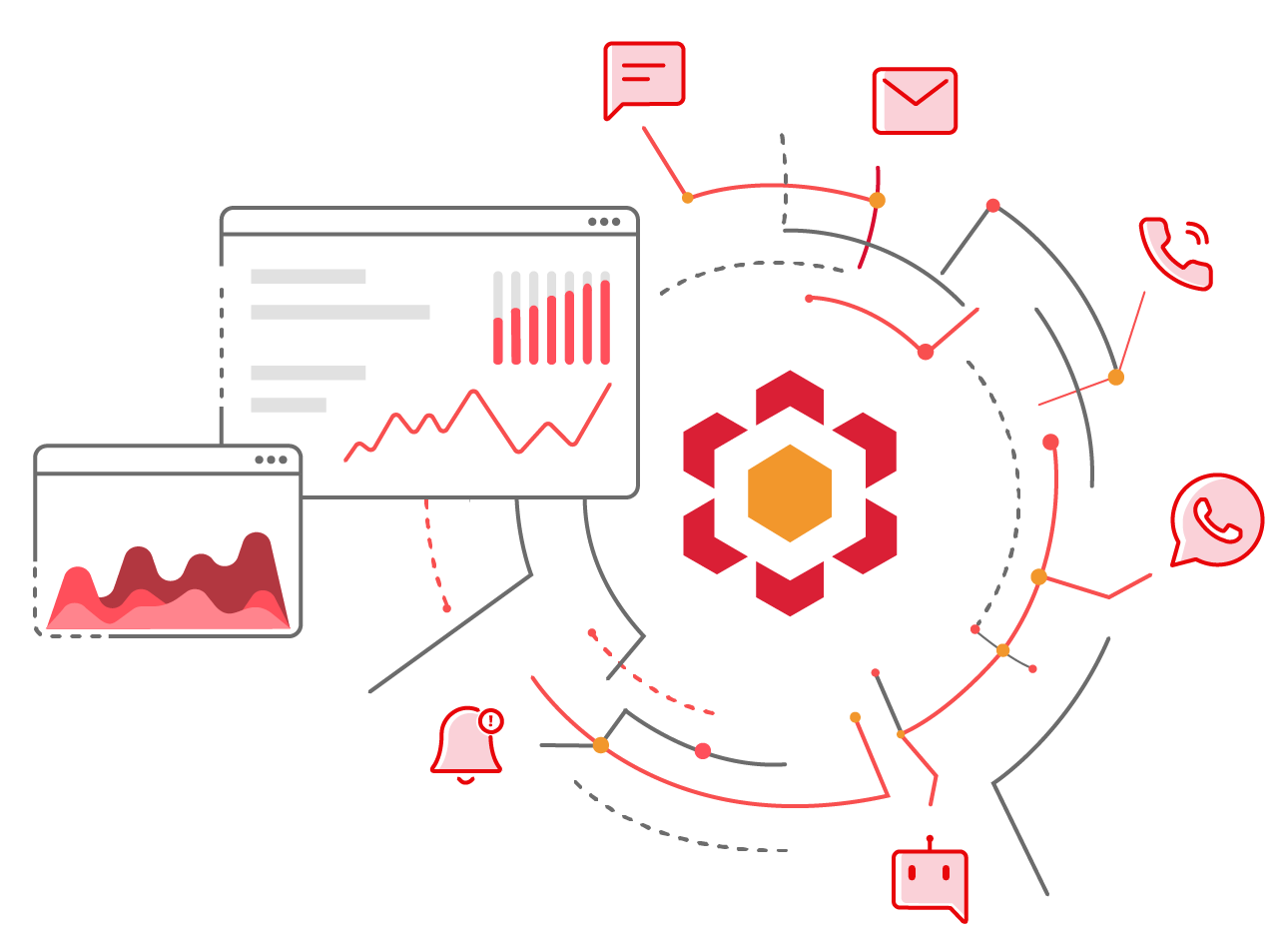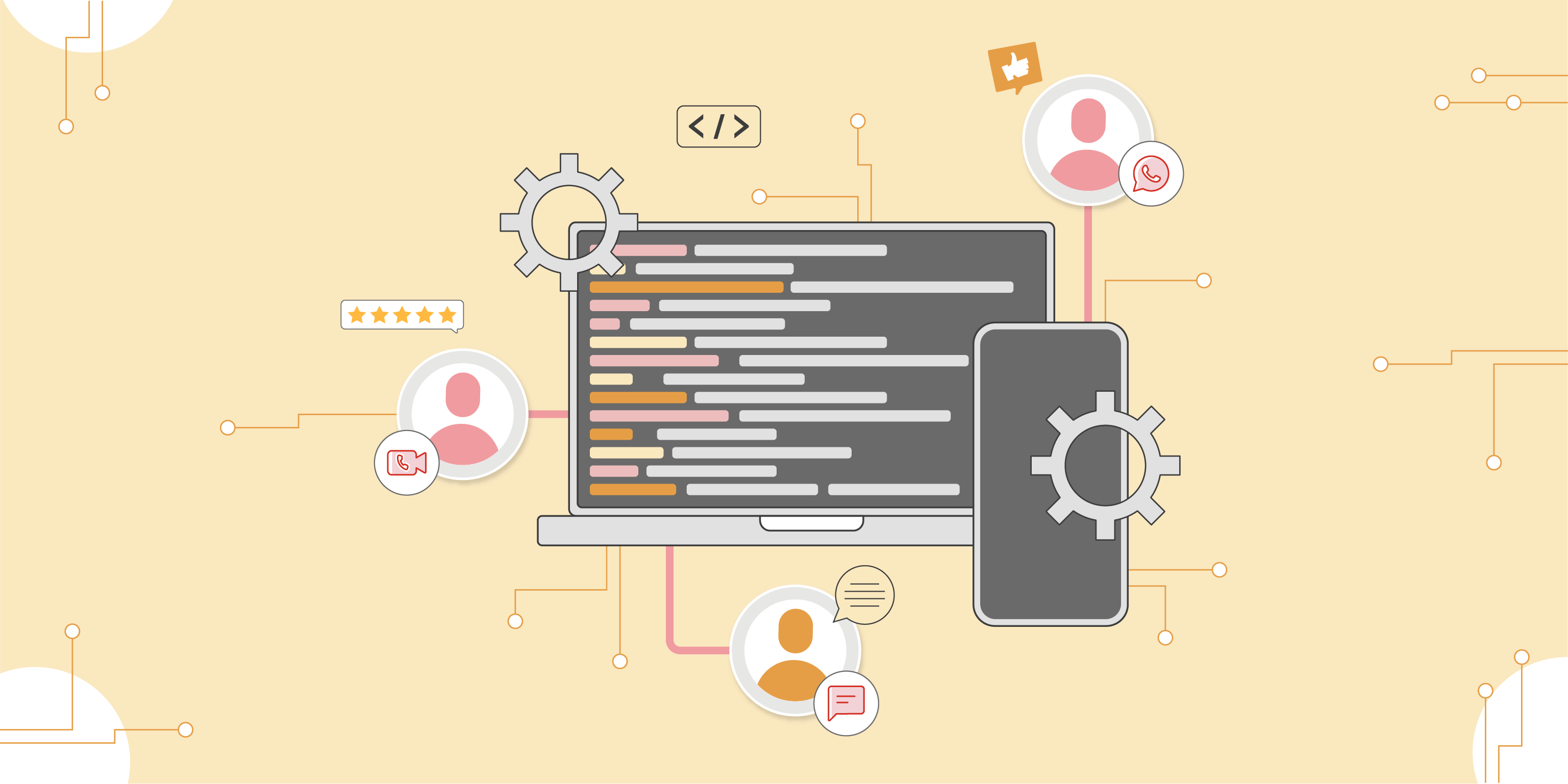With the surge in internet users worldwide, the two vital factors that affect the quality of user experiences are network jitter and latency. Understanding terms such as jitter, latency and throughput is essential to maintaining the speed and overall performance of real-time applications such as voice calls, video conferences, online gaming, and more. In this blog post, we explore the differences between latency and jitter and ways to mitigate their adverse effects.
In today’s post, we’ll demystify these terms and explain how they affect your digital world.
What is Latency?
Latency refers to the time taken for a single packet of data to travel from a source to a destination within a network. Latency essentially is the delay that occurs when you send or receive data across a network. A high latency can lead to lag or delay in user experiences in online voice and video communications.
The factors that contribute to latency are:
- Propagation delay: This involves the distance between the sender and receiver. The greater the distance, the greater the delay since data packets take longer to travel from one point to another.
- Transmission delay: This delay involves the data transmission speed
- Processing delay: This involves time taken by network devices such as routers and switches to process data.
What is Network Jitter?
Jitter is the variation in latency over time. It refers to the inconsistency in the delay of data packets. Network congestion, route changes, wireless signal interference, or bandwidth fluctuations can impact jitter. High jitter levels can lead to packet loss and degrade the overall performance of real-time applications, causing voice calls to sound choppy or video streaming to freeze, distort, and buffer.
Differences Between Network Latency and Jitter
While both network jitter and latency involve data transmission delays, the main difference is consistency. Latency is the average time taken for a data packet to reach the destination, while network jitter is the irregularity in latency. When the latency is consistently high, it can mean a slow but stable connection. On the other hand, a high jitter means there may be sporadic disruptions.
While latency and jitter are related, they involve different aspects of network performance. Latency is a measure of the one-way delay of data transmission between two points, while network jitter focuses on the stability and consistency of latency over time.
A lower latency leads to a better user experience. However, with high jitter, the user experience will still be poor. For example, a steady (low-jitter) connection with moderate latency may be better than a connection with low latency but high jitter.
Tips for Reducing Network Jitter and Latency
- Use Quality of Service (QoS) settings: Prioritizing bandwidth for specific applications, like VoIP or video conferencing, can help manage data traffic and reduce jitter.
- Upgrade your internet connection: A faster and more stable internet plan can help lower both latency and jitter, particularly if multiple devices are connected to the network.
- Use wired connections: Wired connections, like Ethernet cables, provide more stable connections compared to Wi-Fi, leading to reduced latency and jitter.
- Optimize your network hardware: Regularly update network equipment firmware and ensure routers and switches are properly configured to manage traffic effectively.
Understanding Network Jitter Vs Latency will help you improve user experience and performance of your real-time applications.
EBOOK
Introduction to the Whatsapp Business Platform for US Brands
Embrace the future today—connect with us to seize the WhatsApp advantage.


Kalaivani Narayanan
Content Specialist
Supercharge Your Communication!
Get in touch with our experts who strive hard to bring the very best in cloud communications technology to you.


